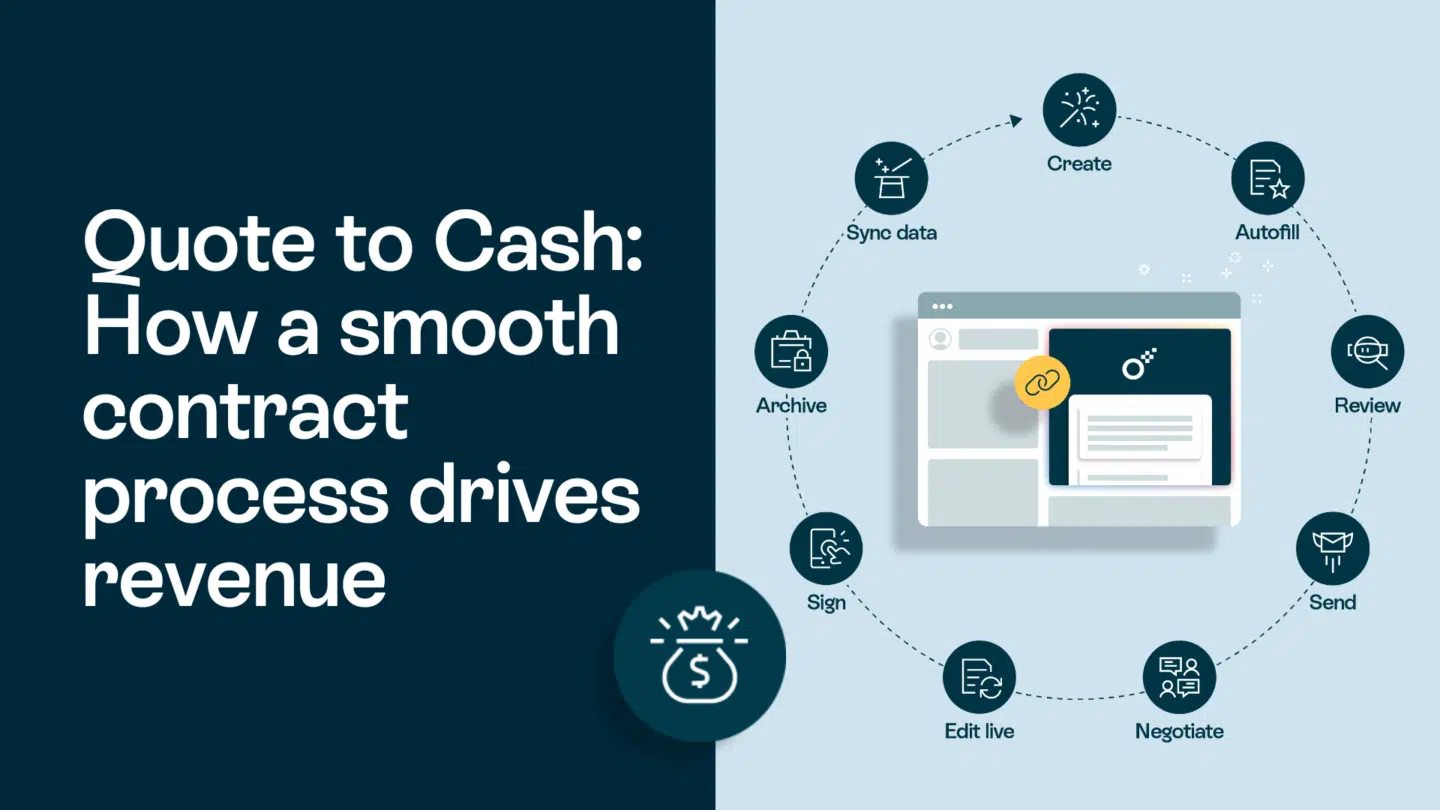If you’ve ever wondered what is meant by electronic signature, we will provide a short answer and why you should start using e signature in your work now.
Just like your inked signature, electronic signature and signing documents online is a way for you to sign documents. You could use an e-signing tool that gives you the ability to sign a document with a click or write your signature on a digital document with a mouse. This is simply what electronic signature is. But what about the benefits of using it?
We have collected 16 low hanging fruits from using e signature that can directly influence your business:
1. An e-signature saves time and energy
It goes without saying that handling something physical like paper is time-consuming, expensive, and leaves a large room for error. E-signing contracts will save you at least 50% of the time you spend on paper contracts. Imagine how much time you can save if there’s more than one person in the team who is dealing with contracts on a daily basis.

2. Few have a printer, but everyone has a phone
It doesn’t make sense to ask people to print, sign and scan your contract when you can make it so easy to e-sign any legally binding contract with a single click from any device. Business doesn’t need to take a break because you’re not at your desk.
Read also: A Basic Guide on Electronic Signatures and What Makes Them Legal
3. Sales enjoys a hit rate of up to 94% with e-signature contracts
By making it ridiculously easy for your prospects to sign from any device, you’ll be increasing your hit rate and reducing sales cycle. Your prospects get an email with a secure link to your proposal and can easily sign it without any login.
4. Electronic-signing is more secure than ink on paper
With a qualified digital signature, you can be sure that your document has not been tampered with after signing and that the identity of the signer can be proven. You can also offer additional authentication methods such as signing via SMS or electronic identification, e.g. BankID in Sweden.
By using the right e-signing solution, you can ensure that your documents are stored securely in the cloud and that they are signed with a secure signature. This can help to protect your business’s sensitive data and ensure that all of your documents are safe and sound.

5. Modernise your image with electronic signatures
Are you selling to or trying to attract the millennials? Then you must provide an effortless digital experience that these digital natives are used to. Digital contracts are interactive and look stunning regardless of device. Be mobile in everything you do.
Read also: How to sign a PDF online
6. Be in control of all your contracts
Does your process today give you control over who should be allowed to access or make changes to which contracts? Have you stopped emailing contracts back and forth? If your answer is anything but “Yes”, then you are in trouble – at least from the GDPR perspective. Electronic signature will provide you with a more comfortable solution.
7. Speaking of GDPR, are you 100% compliant?
Contracts contain personal data, and with GDPR, the common practice of emailing back and forth contracts during the negotiation process is no longer safe. To be compliant, you need a complete audit trail of the interactions that have taken place throughout the contract process.
8. Start collaborating – stop creating long email threads
Collaborate in real-time on an agreement with your colleagues and counterparts without scrolling through long email threads. They can comment, you can edit and update the proposal or contract instantly. All in one platform, anytime, anywhere.
Read also: Is an electronic signature legally binding in my country?
9. Who has the latest version of the contract?
Never ask this question again. There is only one version of digital contract and you can be certain that everyone is looking at the same version as you do, at any time.
10. Know what happens after you send a contract
Is your prospect ready to buy? Has your colleague opened the contract? How many times have they interacted with it? Use these insights to manage your time and prioritise your tasks. No more guesses.

11. You don’t have to nag anymore with an e-signature
Is there anyone else on your team that needs to review or sign the contract? Digital contracts make it easy for you to set up workflows and delegate signing rights. Your team is notified and reminded when it’s their turn to act.
12. Need to find a specific contract?
Google in Oneflow; Your signed contracts are securely stored in a smart archive with the capability to search across all contracts simultaneously. Enter a keyword that you remember, such as the customer’s first name, and you will have a list of all contracts associated with the name at your fingertips.
13. No more missed deadlines with electronic signatures
Stay on top of critical contract milestones such as notice period, renewal and expiration with automatic notifications and reminders. Neglecting this step often leads to a reactive and inefficient process – putting the business at risk of non-compliance, revenue loss, higher expenses, and penalties.

14. Single source of truth
Use contract analytics to understand and track sales, procurement and other business KPIs such as cycle times, close ratios, expiry and renewal stats, contract revenue and spend. All done without pulling data from multiple sources.
15. Put your data to work
Converting your contracts, whether in paper or PDF format, to digital contracts makes it possible for you to extract data from your contracts to automate workflows, drive decisions, and move your business forward. You can always connect digital contracts to your favourite systems. Work smarter and faster with data.
16. Last but not least, do something good for the planet
Printing and scanning paper contracts hurt the environment and waste our precious resources. The truth is, it’s not even necessary anymore. Together we can create a future where managing contracts will no longer be associated with paper, envelopes, postage, printer, and scanner. All of this and more can be done with an electronic signature software like Oneflow.








